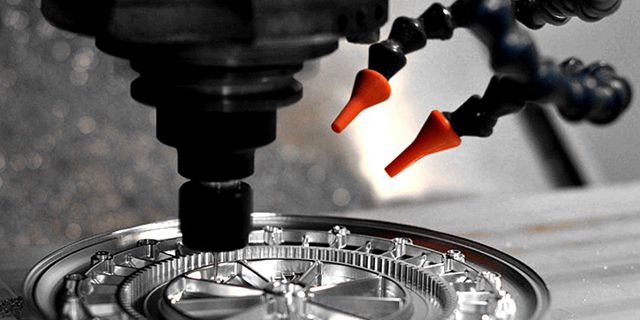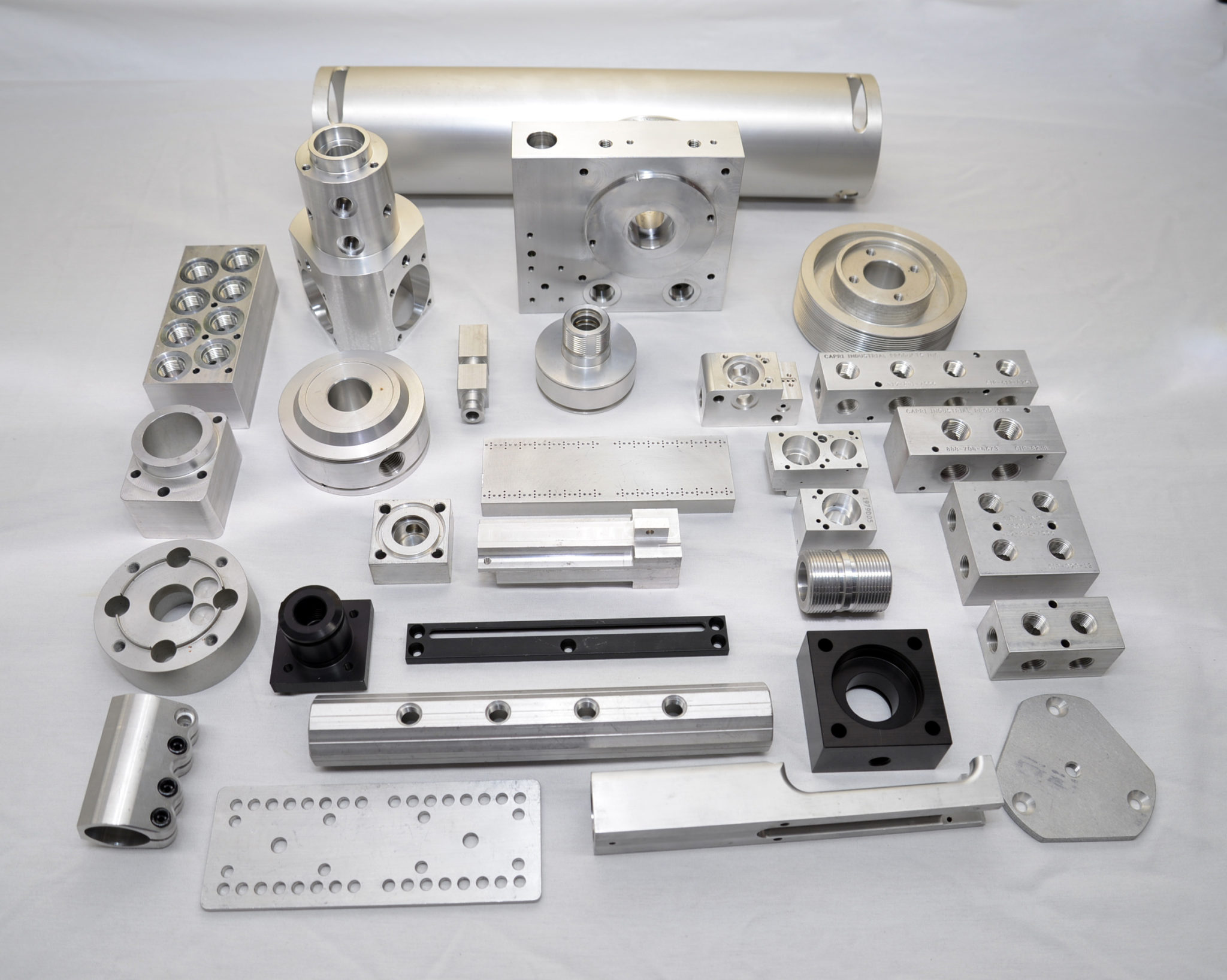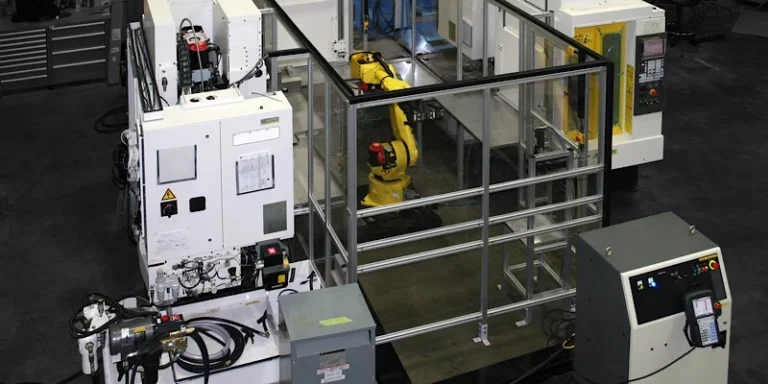What Is Aluminum Rapid Prototyping?
Modern design factors and marketing realities compel engineers and companies to develop their finished products as quickly and cost-effectively as possible during the design phase. To meet these market demands, rapid prototyping is employed. Aluminum rapid prototyping encompasses two distinct techniques: additive prototyping and subtractive prototyping.
Additive aluminum prototyping, such as CNC aluminum, involves using virtual 3D designs to construct the prototype by layering aluminum. This method builds prototypes from the bottom up. Laser-sintering and 3D printing are well-known examples of additive rapid prototyping.
In contrast, subtractive aluminum prototyping creates prototypes by progressively cutting material away from a solid block of aluminum. This process constructs prototypes from the top down. Subtractive prototyping is performed using CNC machining, which includes milling, turning, and other standard machining processes.
Subtractive rapid prototyping is often considered faster, more economical, and superior compared to its additive counterparts. Therefore, it makes sense for your company to opt for subtractive prototyping over laser-sintering, 3D printing, and other available techniques in the market.
A brief about aluminum and its alloys
Aluminum is known for its low density and high strength, often surpassing that of high-quality steel. It boasts excellent plasticity, high resistance to corrosion, and exceptional electroplating and welding characteristics. The relative abundance and low cost of aluminum help reduce overhead costs associated with faulty production or wasted prototypes due to poor design. Additionally, aluminum’s recyclability contributes to more cost-effective manufacturing. Its high toughness and minimal deformation after manufacturing make it an ideal material for many companies to use in prototyping.
How Is Aluminum Rapid Prototyping Carried Out?
As discussed earlier, there are various traditional and modern methods to bring your prototype to life. Here, we will focus on the CNC manufacturing technique for aluminum rapid prototyping.
The effectiveness of aluminum prototyping using CNC depends on the type of machine you are using. Generally, the process begins with feeding a CAD product design into the system, which is then converted into vectors so the machine can interpret the coordinates. Once the file is uploaded and the vectors are traced, you select the tool and tool path to shape the aluminum block. Common tools include a .75-inch core box bit or a .25-inch v-bit. In addition to selecting the cutting depth, you can also adjust the cutting speed for aluminum prototyping.
After selecting the tool, its speed, and the cutting depth, the tool path is fed into the CNC machine. You have options to cut outside the vectors, inside the vectors, or trace the vectors. The cutting method varies significantly based on the machinist, the machine, and the design complexity. The vectors are converted into G-code, and the center of the aluminum block is determined. The CNC router is positioned at the center of the block and touches its surface, setting this point as absolute zero. The CNC machine then reads the G-code and begins the prototyping process.
One of the primary challenges when machining aluminum is the tendency of aluminum flakes to adhere to the cutting edge of the tool, which degrades the cutting ability and negatively impacts the prototyping output. To mitigate this issue, both the cutting tool and the material coating on the tool are carefully selected to reduce the likelihood of aluminum build-up.
Aluminum rapid prototyping at AS Prototypes
At AS Prototypes, we focus on three primary concerns when prototyping aluminum: ensuring efficient chip evacuation from the cutting edge, minimizing the adhesion of aluminum to the cutting tool during machining, and maintaining the core strength of the tool to withstand cutting forces without failure.
To address these concerns, we use a range of tools, including straight grade (K) cemented carbides, high-speed steels, and diamond-based tools. Additionally, we effectively utilize enhanced industry-grade 5-axis machines to produce aluminum prototypes of the highest quality.

Industries and Development of Aluminum Rapid Prototyping
Aluminum rapid prototyping is a key method of prototype manufacturing used across many industries. Sectors such as aerospace, high-tech, and automotive heavily rely on this technique. Major companies like Boeing, Icon, and Tesla utilize rapid prototyping for manufacturing their aluminum parts. The ability of aluminum rapid prototyping to handle complex designs with ease and provide quick turnarounds makes it a preferred choice for industries aiming to outperform their competitors.
With advancements in technology and the emergence of new manufacturing techniques, aluminum rapid prototyping has seen significant improvements over the years. Despite modern advancements like 3D printing, CNC machining remains one of the most effective and widely practiced techniques for aluminum prototyping. It is considered both cost-effective and time-efficient, as well as relatively straightforward to execute.
At AS Prototypes, we have extensive experience in aluminum rapid prototyping. Our skilled operators are well-trained and use their expertise to manufacture high-grade aluminum prototypes. From prototyping to batch production, AS Prototypes is equipped to meet all your demands. We invite you to give us the opportunity to demonstrate how we can help you and your company surpass your competitors in the market.





